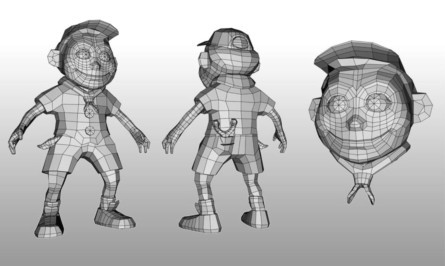The importance of “designing in” features in video games to ensure they qualify for valuable tax breaks may not be fully understood, an expert has warned.
Video games the product of an industry making a significant contribution to Dundee’s economy do not automatically qualify for the vital tax relief agreed by the European Commission after a seven-year battle.
The same concession is available to film and theatre productions, and allows games makers to claim back 25% of their qualifying production costs.
The tax relief reduces the financial risk of producing new games and enables games studios to invest in more staff.
Reduced financial risk will also make it easier for games developers who are fresh out of university to start their own companies.
There is a qualification process and cultural test for the tax breaks, however, and accountant Steve Cartwright of Henderson Loggie said these measures may not be fully understood.
“There is a danger that games makers might produce their games and find out that they don’t qualify for the relief,” said Mr Cartwright of Henderson Loggie’s creative and interactive media team.
“Games makers need to be proactive rather than leave it to their accountants or tax planners at the end of the year, as by that time it could be too late.
“They need to know about the qualification process and test when they start to produce games.
“I am not saying that this should fundamentally shape what they do in designing games.
“There may be a few minor tweaks they can make at the outset without affecting their creative input that will get them over the line so that they can claim back 25% of their production costs.”
The impact of tax relief on the sector will be greater than previously thought.
Research by industry representative body Tiga declared that over the next four years games tax relief in Scotland will create and protect a total of 1,020 direct and indirect jobs.
It will also create and protect approximately £49 million investment expenditure by Scottish studios, and generate £48m in new and protected tax receipts to HM Treasury.
The Scottish games industry’s GDP contribution will be increased by £65m, and protect an additional £51m GDP contribution.
Mr Cartwright and colleague Dougy Agnew will explain the qualification process for the tax breaks and a number of recent practical examples at an event at Abertay University next week for students, new start-up companies and experienced game developers.
Professor Louis Natanson, head of arts, media and computer games at Abertay, said: “Video games tax relief is very important for games companies of all sizes, as it helps reduce their operating costs and take some of the risk out of new projects.”
The free seminar runs from 5.30-6.30pm on November 20.
Tickets must be booked by contacting Fiona Boyle on fcb@hlca.co.uk.
